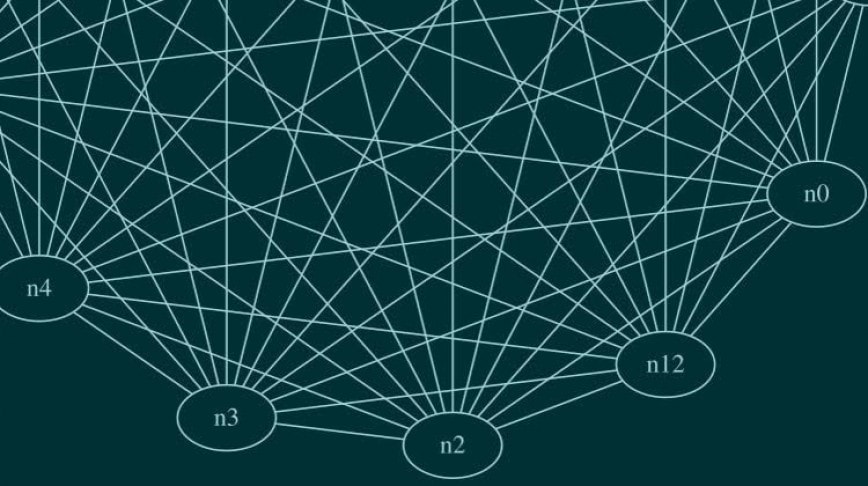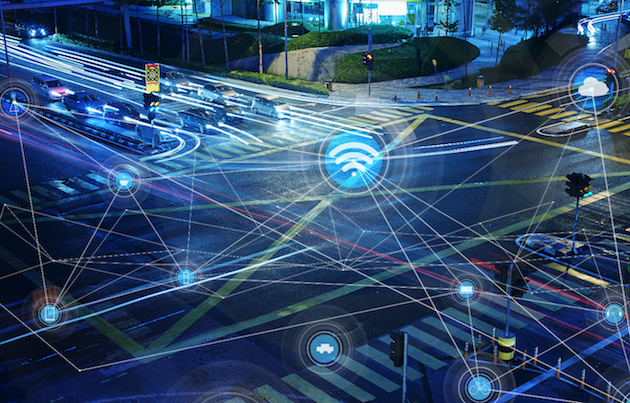
IoT and the Intelligent Enterprise
February 27, 2019
Red Hat Supports Rakuten Mobile Network’s End-to-End Cloud-Native Mobile Network with Open Source Technologies
February 27, 2019Artificial intelligence (AI) and machine learning are breathing new life and business opportunities into that tired old phrase, “automating paper-based processes.”
Consider this trio of forecasts that IDC predicted to happen by 2022:
- Sixty percent of G2000 enterprises will be AI-enabled
- AI will help over 50 percent of enterprise application workflows to better use legacy data, real-time operational data, and third-party data feeds
- Businesses will use 50 percent more automation over the next three years as AI and machine learning workflows start consuming more business data
I saw an example of how software developers can inject intelligence into business processes in this video interview at SAP TechEd with Dr. Matthias Sessler, technical enablement lead for SAP Leonardo Machine Learning Foundation.
Fast Track to Machine Learning
The demo showed image object detection combined with scene text recognition and optical character recognition (OCR), three of the 23 ready-to-use services on offer from SAP Leonardo Machine Learning Foundation. Image object detection automatically identifies objects from images like a bus, and often tag teams with scene text recognition, which reads the fine print, such as the station name and line number.
“With smartphones, it’s so much easier for people to take a picture of something. However, developers need a toolbox so they can quickly build machine learning capabilities to make sense of these images and text,” said Sessler. “We’ve grouped our intelligent services into three deep learning model areas: Image-based services understand what someone is seeing and can extract text from images; text-based services understand written text; speech-based services convert speech to text and text to speech. All of this software semantically comprehends data and extracts relevant information.”
Deep Learning Neural Networks
While AI’s proposed benefits sound suspiciously like last century’s ‒ automating repetitive transactions and manual tasks ‒ nothing could be further from the reality. That’s because despite ongoing digitalization, there’s still far too much paper-based stuff taking place in business. Like other AI and machine learning advances, the promise of OCR and scene text recognition is to automatically feed data from all kinds of places, anywhere and anytime, into a neural network.
“OCR is good for many business processes that have paper-based elements, like hotel bills for travel and expenses,” said Sessler. “Machine learning can read text and the two-dimensional position information on paper and within images, and automatically feed it into a neural network. When it’s connected to a company’s processes in finance, HR, and other departments, the benefits can be exponential.”
Huge Potential for Productivity Gains
Instead of tediously tracking and submitting paper receipts for expenses like hotels and taxis, business travelers can snap photos that are analyzed and processed into reimbursement systems. Machine learning could be particularly time-saving in transportation and logistics. Shipping companies can use OCR to read detailed order information from a bill of lading, again automatically connecting to specific business processes. Field service technicians standing in front of a machine that needs repairing could take a picture with their smartphone that uses OCR to immediately identify the model number. When workers can quickly find and apply the right resources, wherever those documents or teams might be, they can solve problems faster and improve the customer experience.
IDC analysts went so far as to call AI the new user interface (UI). By 2024, these analysts predicted AI-enabled UIs and process automation will replace one-third of today’s screen-based applications. It’s nothing short of an intelligent revolution for business and customers.
Follow me: @smgaler





